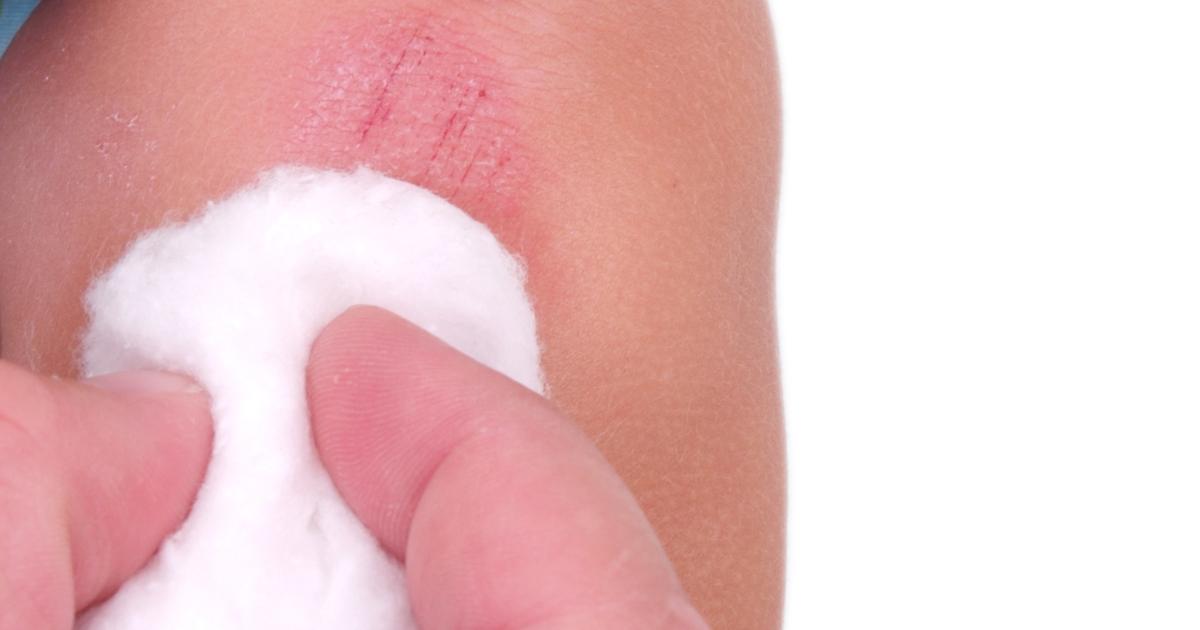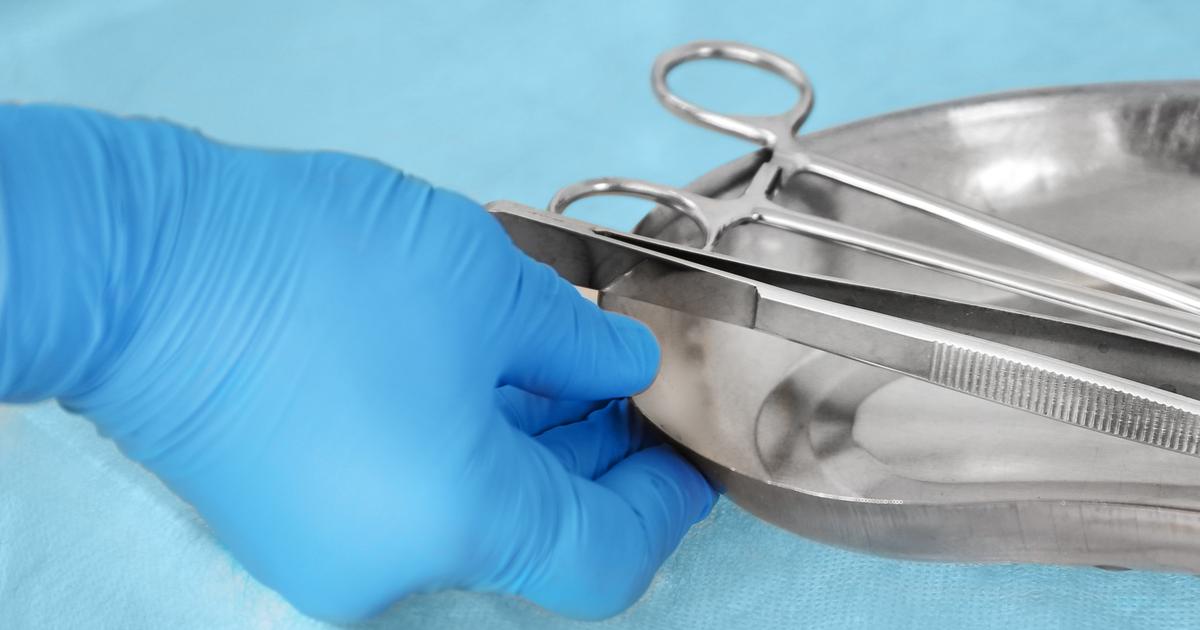How To Treat Road Rash
Road rash is a type of skin abrasion and friction burn that develops after the skin is scraped against a rough surface. Patients who participate in sports performed on tarred surfaces, including skateboarding and bicycling, are most likely to experience road rash. This injury causes the outer layers of skin to be removed, and it can be very painful. Patients with road rash may notice their skin looks raw, and bleeding or oozing may occur. Most cases of road rash are relatively minor, and they heal on their own within two weeks. Home treatment is typically all that is needed for this injury. However, patients with extensive road rash that has caused several layers of skin to be removed might need skin grafting surgery or other treatment.
Wash Hands And The Injury

To reduce the likelihood of infection, patients who have road rash should wash their hands and the injury, ideally at the scene of the injury. However, if the wound is not bleeding much, patients may choose to wait and wash the injury once they return home. Alcohol-based hand sanitizer or warm, soapy water can be used for handwashing, and patients may want to place the injured area underneath running water for a few minutes to ease pain and reduce bleeding. Doctors recommend the use of soapy water and a clean washcloth for washing the injury. Since soap could cause further irritation, patients should use it just at the edges of the wound; it should not be placed directly on the wound itself. If soap and water are not available, using an antiseptic spray is a safe alternative.
Remove Any Remaining Debris

Since road rash occurs on tarred surfaces, it is common for the wound to contain debris. Dirt, glass fragments, and small rocks may become embedded in the skin as a result of this injury. Patients should assess the wound for any debris during the cleaning process, and they may want to use a soft cloth to remove dirt. Since glass and rocks may damage veins and arteries, patients will need to see a doctor to remove these and any remaining debris. Trying to remove foreign objects without the help of a physician could result in serious injury. To help doctors and other medical staff, patients might want to make a note of the location of any debris, and doctors may need to perform an x-ray to find out how deeply embedded the debris might be. Doctors usually remove debris as an in-office procedure, and local anesthetic is typically used. Patients who have had debris in their wound may be asked to have a tetanus booster, and physicians will perform a thorough inspection to check for any debris that may not be immediately visible. The patient will be advised about potential signs of infection, and follow-up appointments may be recommended to check how the wound is healing.
